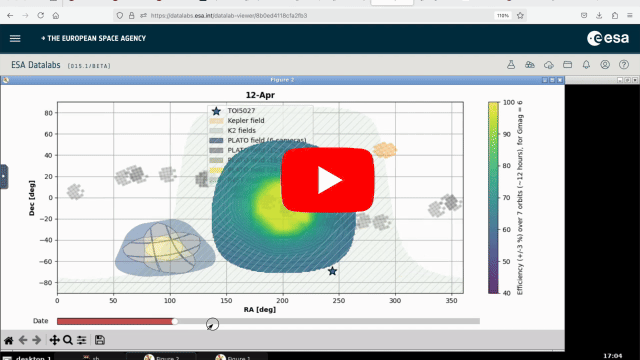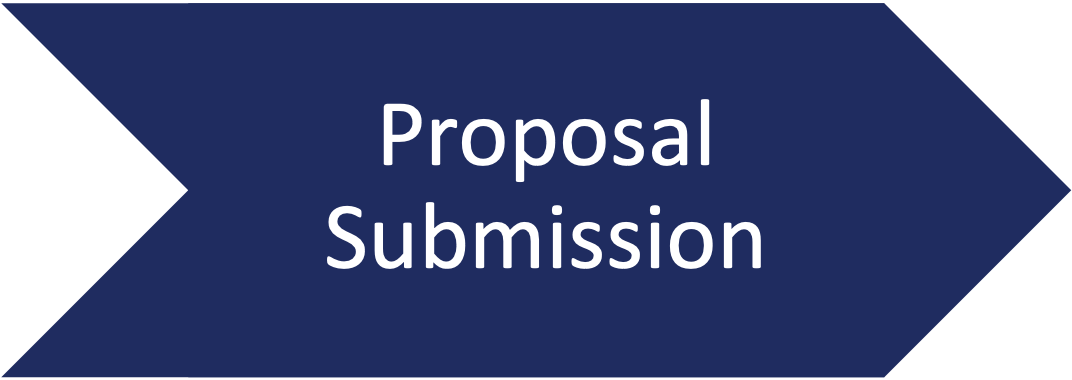Discretionary Programme (DP) - CHEOPS Guest Observers Programme
Discretionary programme (DP)
This webpage provides prospective proposers with all information required to prepare and submit proposals to the CHEOPS Discretionary Programme (DP). The DP runs throughout the year and may have up to 25% of the total science observing time of the Guest Observer (GO) Programme, with the remaining at least 75% dedicated to the annual Announcements of Opportunity (AOs).
Novelties
The DP provides several updated & user-friendly tools to enhance the community access and GO experience:
- Zero-installation tools: our modern Visibility Tool and streamlined Scheduling Feasibility Checker (SFC) are now powered by ESA Datalabs
- Streamlined proposal submission: follow our simple step-by-step guide and use our agile Proposal Handling Tool for Phase 1 (PHT-1)
- Community contributions: the scientific community developed many useful tools that you might find helpful for your proposal preparation, observation simulation, and data analysis
Itl also repeats the successful novelties introduced with the first extended mission:
- More targets: only 50 GTO reserved targets, with all the rest being open to the entire community
- More time: up to 30% science observing time dedicated to the GO Programme
- Modern approach: double-anonymous peer-review of proposals
Milestones
Eligibility
An eligibile DP proposal for early-career scientists (i.e., before or within 5 years from PhD award) must meet the following criteria:
- Contain a single target of high scientific interest
- Contain a target/event that is observable by the date by the end of the running AO observing cycle and that is not on the Reserved Target List
An eligibile DP proposal for mid- and late-career scientists (i.e., more than 5 years after PhD award) must meet the following criteria:
- Contain a single target of high scientific interest
- Demonstrate that the target was either (a) discovered, or (b) declared to be of high scientific interest since the closure of the previous AO
- Contain a target/event that is observable by the date by the end of the running AO observing cycle and that is not on the Reserved Target List
Important Notes
Prospective observers must take note of the following points:
- Read the Policies and Procedures document carefully before starting any proposal preparation, as it is the definitive document for this opportunity. It highlights details of CHEOPS' science programme, available time for the community, observing strategy and constraints, and required contents of observing proposals. It also lists the tools and documents available to support observers in their proposal preparation and submission. Remember that all proposal material and file names must be fully anonymous, and that failure to comply will result in rejection on formal grounds. Also thoroughly consult the Observers Manual and all relevant documentation on this website.
- Follow 7 easy steps
- Registration: Register immediately if you do not already have a user account. Waiting with this step until the deadline might cause you to miss the opportunity.
- Coordinates: Familiarise yourself with the correct coordinate system to use. Use the Target Checker, Simbad, or MAST. Do not copy & paste from ExoFOP, as it uses a different format.
- Visibility Checks: Get familiar with the visibility maps to see which targets might be in reach. Then verify if and when your targets are observable with the brand-new Visbility Tool or (optionally) the Scheduling Feasibility Checker.
- Target Status Checks: Make sure your target is eligible by checking the publicly available list of all of CHEOPS' targets (reserved and unreserved ones) and the GTO programme information. Ensure that your observations will contribute something new by checking the CHEOPS Mission Archive to see what data CHEOPS has already gathered.
- Exposure Time Calculation: Make sure you can achieve the desired signal-to-noise by using the exposure time calculator.
- Proposal Templates: Download, fill in, and you are all set up.
- Submission: Phase 1: Submit your proposal via the Proposal Handling Tool for Phase 1 (PHT1).
Please also note that:
- Updates related to this opportunity and its material will be published at the bottom of this webpage.
- Note the special case of Alpha Cen (including Alpha Cen A and Alpha Cen B): The system is currently on the Reserved Target List (RTL) but due to its high proper motion and orbital motion, the Target Checker will not resolve its RTL coordinates if querying by name. Alpha Cen’s RTL coordinates are given in the RTL csv file, please use these for any Target Checker queries for this system.
- We list detailed examples helping you with making your proposals dual-anonymous on the FAQ pages. Please read these carefully and do not hesitate to contact us with any questions.
- The CHEOPS team will do everything we can to observe and complete awarded programmes if possible. However, it is important to appreciate that an award of observing time does not guarantee that the observations can be conducted, even if a programme is considered to be high priority science. Due to the nature of the science that CHEOPS addresses, time pressure can be high, unforeseen events can occur, and some observations might not be feasible to schedule.
- CHEOPS is a small mission, with a correspondingly small team to support the GO Programme. Never leave proposal preparation to the very last moment, as it may take a couple of days to answer your questions.
Phase-1 step by step tutorials
We have run hands-on tutorials on March and April 2025 at various time-zones to guide you through the proposal preparation and submission process and answer all your questions. Please find below the presentation shown with the seven simple steps to follow, a video with the process and video-recording of the last hands-on tutorial.
4-minute video tutorial of how to submit a CHEOPS GO/DP observing proposal:
Video recording of the hands-on tutorial (30 min):
Key Documentation
Updates
No updates yet. Happy proposing!
Are You Ready?
Have you read all the above information and key documents carefully and are ready to start the submission process? Then go to the Proposal Submission webpage or click the button below to follow the step-by-step guide.
This website was last updated on 18 March 2025.
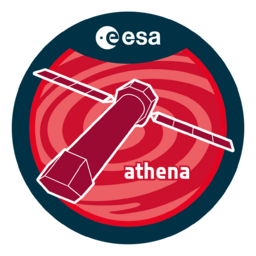
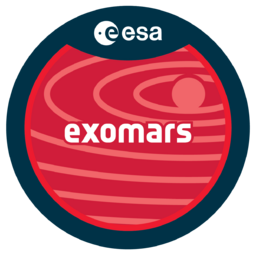
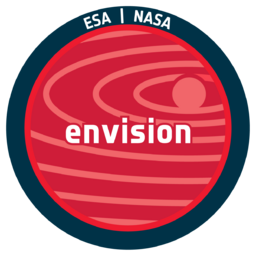
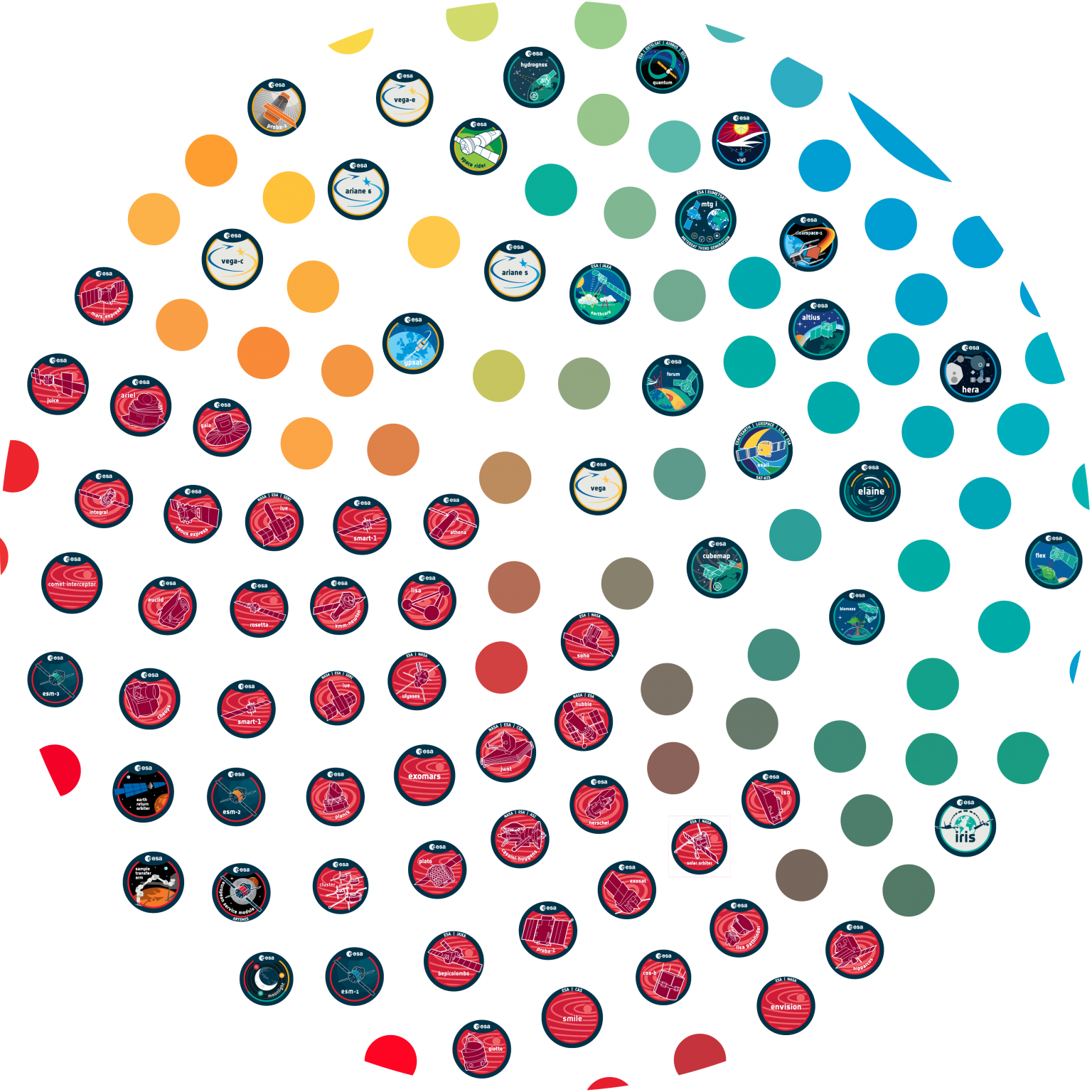
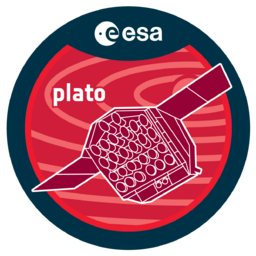
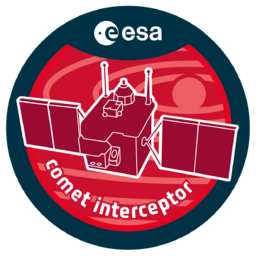

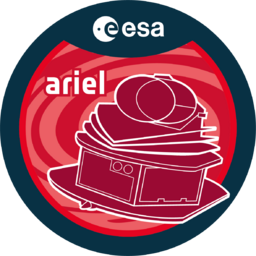
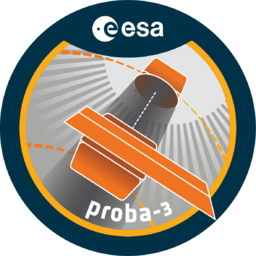
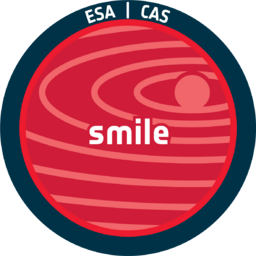
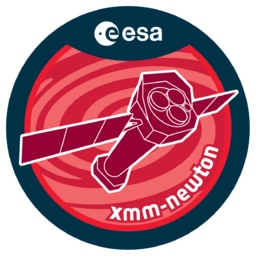
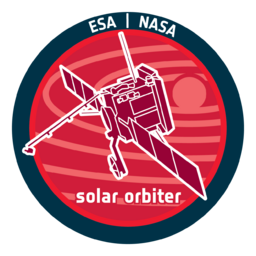
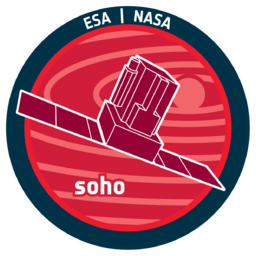
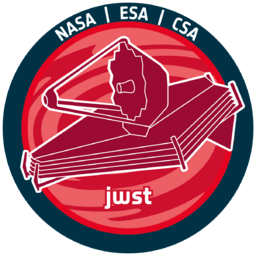
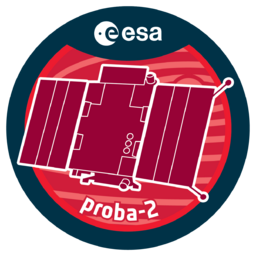
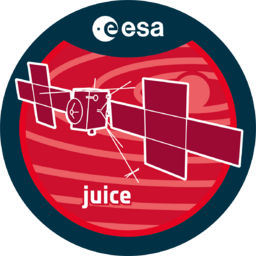
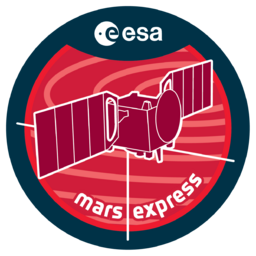
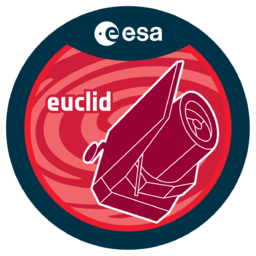
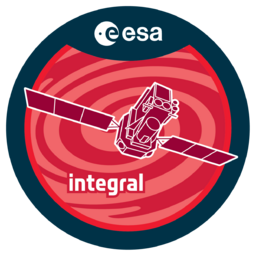
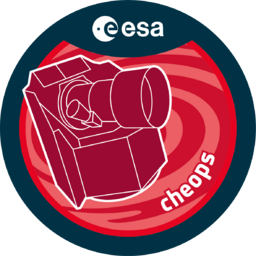
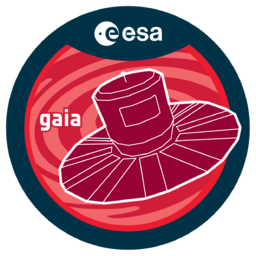
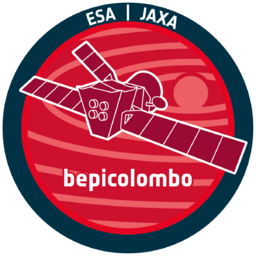
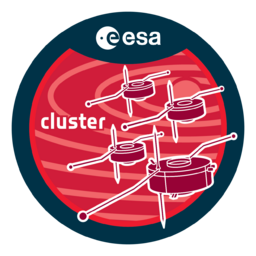
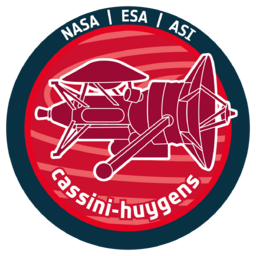
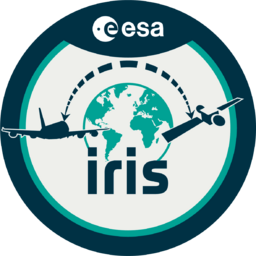
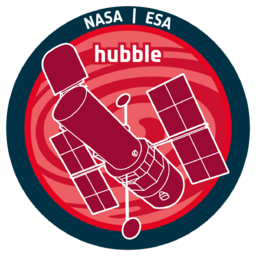
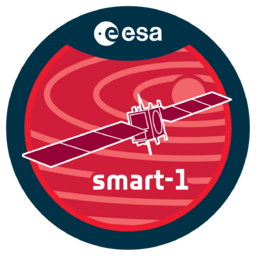
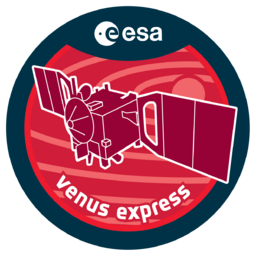
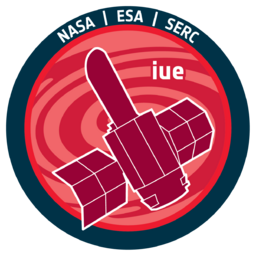
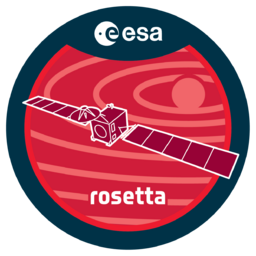
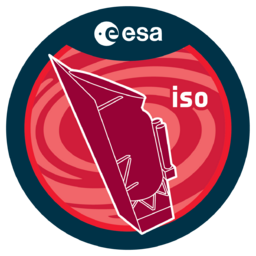

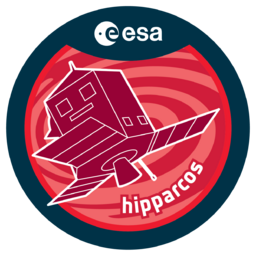
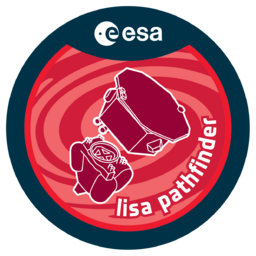
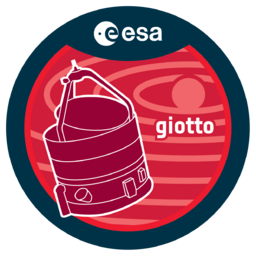
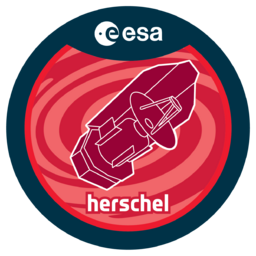
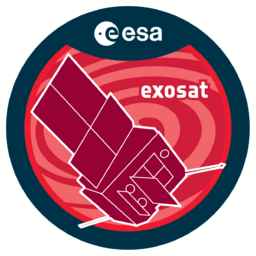
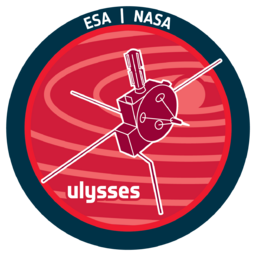
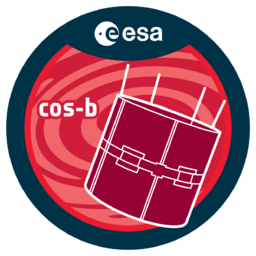

 Sign in
Sign in
 Science & Technology
Science & Technology
